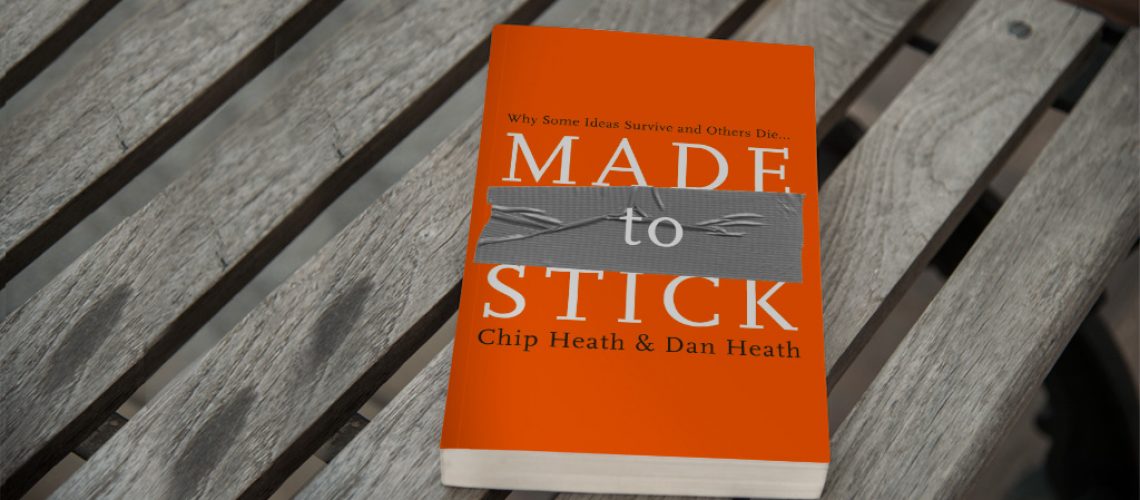The vital principles of winning ideas—and how we can apply these rules to making our own messages stick.
Mark Twain once observed, “A lie can get halfway around the world before the truth can even get its boots on.”
His observation rings true: Urban legends, conspiracy theories, and bogus news stories circulate effortlessly. Meanwhile, people with important ideas—entrepreneurs, teachers, politicians, and journalists—struggle to make them “stick.”
In Made to Stick, Chip and Dan Heath reveal the anatomy of ideas that stick and explain ways to make ideas stickier, such as applying the human scale principle, using the Velcro Theory of Memory, and creating curiosity gaps.
Key Takeaways
The Curse of Knowledge most of the time we communicate our ideas as if we are the audience and we forge that the audience doesn’t share our knowledge. This makes our communication either confusing or boring.
- The curse of knowledge is the reason why brilliant scientist write papers that almost no one else can understand because hardly anyone else shares their same level of knowledge.
- It is the reason why you can give a colleague straight forward instructions, but those instructions seems confusing to that person.
- It’s the reason you can spend hours putting together a presentation that you find interesting, but everyone you present it to seems bored and distracted.
If you can’t communicate your ideas effectively, you waste a huge amount of time and effort developing those ideas. Luckily there are a list of techniques you can use to overcome the curse of knowledge and get our ideas to stick.
Sticky Ideas are: interesting, actionable, memorable.
Mystery If you want to make your ideas stick, don’t reveal your idea all at once. Create a sense of mystery.
- The goal is to get your audience thinking “What’s gonna happen next?” How’s this going to end?”
- By getting your audience to ask those questions, you have a better chance of getting your audience engaged and having your ideas stick.
Unexpected before delivering your next idea, try to capture the attention of your audience by injecting a dose of unexpectedness into your message
- One great way to craft an unexpected message is to identify the pic of your idea and ask yourself:
- “What is my audience expected to hear about this topic?”
- “What would my audience find surprising or counterintuitive about this topic?”
- When you ask these questions, you challenge the assumption that people will find your idea interesting just because you find it interesting.
Personal The majority of the time you deliver message, you’re going to expect people to care about your message as much as you do, but they won’t, unless you tell a personal story.
- Personal stories are like flight simulators for the human mind.
- A personal story can allow someone to imagine themselves in the shoes of the main character in the story and feel what they’re feeling.
- If you want people to listen and care about your ideas, start introducing your ideas using a personal story.
- All good stories involve a setting, a protagonist, personal struggle and alogical sequence of events to overcome that struggle.
- Your goal is to make your idea, the solution to the protagonists uses to overcome the struggle.
- This protagonist could be you, someone you know or someone you read about.


